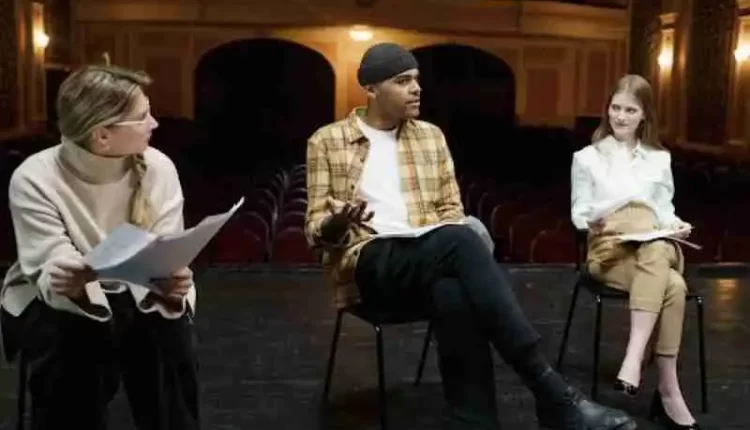Diversity in Theatre: Then and Now
The theater has been a staple in entertainment and storytelling for centuries — its presence evolving over time from the early days of Shakespeare to modern-day Broadway performances. People gather at indoor and outdoor theaters for brief moments of escapism, where they can immerse themselves in another story, often in another universe, and forget about their problems for a couple of hours.
Related Posts
While the theater has been around long before we were born, that doesn’t mean it has always been the safest space for black performers and other minority performers and audience members. Theatre has come a long way in its quest to diversify and offer more well-rounded stories and safe spaces.
Table of Contents
Then: Segregated Stages
In the early 1900s, theater and performance stages were segregated. Caucasian performers and African-American performers would appear in separate shows — the first barrier to this division would later be broken in 1910 when comedian Bert Williams became the first person of color to perform on a Broadway stage.
In the decades that followed, theater directors and venues would take small steps to offer more inclusion and diversity on Broadway and off-Broadway stages.
Then: Diversity Behind the Curtain
While Bert Williams became a barrier-breaking performer, it wasn’t until 1921 that people of color were given mainstream opportunities to take on writing and production roles behind the curtain. The 1921 musical Shuffle Along was a Broadway hit and featured an all-African-American company — it was also the first show to depict a serious love story between two characters of color, rather than a satirical or comical one.
In 1957, the famous musical West Side Story premiered, depicting the very real tensions between young Caucasian men and 1st-generation Puerto Rican immigrants. Audiences were not quite yet ready to have those conversations and the show remained minimally successful until the famous 1961 film adaptation, which created a more mainstream, national interest. Today, it’s one of the most successful and well-known musicals to date.

Now: A Long Way to Go
While theater communities across the country have taken significant strides to offer more inclusive and diverse stories, there is still a long way to go before this industry is as progressive as fans believe it should be.
A 2020 report from the Actors’ Equity Association noted that while the industry has made pledges to improve on issues such as diversity and inclusion in its hiring practices, it has fallen short. In reality, the percentage of contracts offered to performers, writers, and other members of color has increased only slightly from 2016 to 2019 — while the union’s members of color earned an average of 91 percent of what Caucasian members made weekly.
While the theater industry is still catching up, the accessibility of the internet has allowed performers, writers, directors, and producers to take the stories into their own hands and reach audiences in new and innovative ways. With new streaming services and local productions being put on across the country, theater lovers can find diverse content wherever they are — making their voices heard until the industry at large is where it should be.